Home>Ideas and Tips>How To Choose The Right Paint Colors For A Mid-Century Modern Dining Room
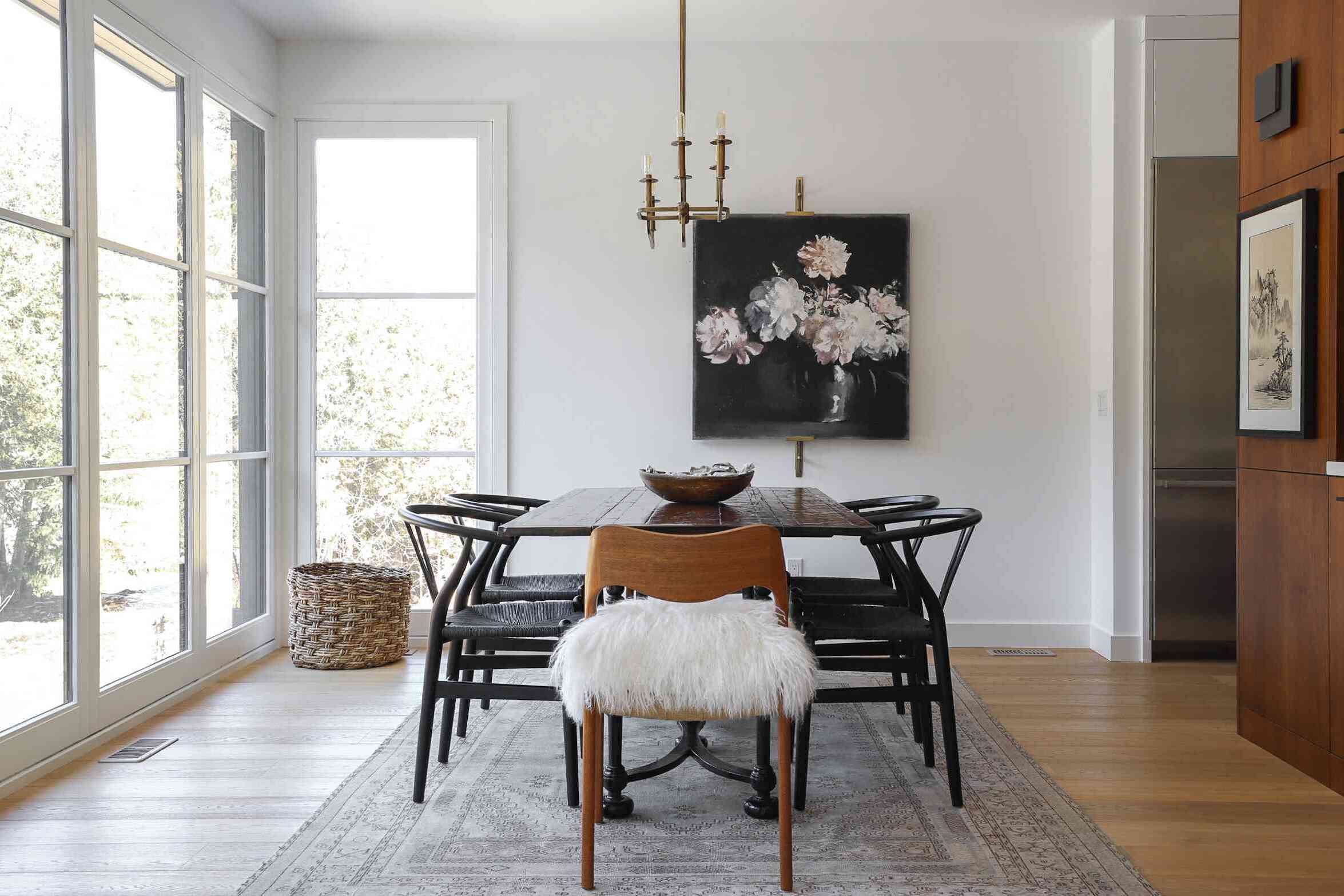

Ideas and Tips
How To Choose The Right Paint Colors For A Mid-Century Modern Dining Room
Modified: October 28, 2024
Learn how to choose the perfect paint colors for a mid-century modern dining room, blending style, functionality, and aesthetic appeal seamlessly.
(Many of the links in this article redirect to a specific reviewed product. Your purchase of these products through affiliate links helps to generate commission for Storables.com, at no extra cost. Learn more)
Creating a mid-century modern dining room is all about achieving a harmonious blend of style, functionality, and aesthetic appeal. One of the key elements in this design is the choice of paint colors. Mid-century modern decor is known for its clean lines, minimal ornamentation, and an emphasis on functionality. When it comes to painting your dining room, you want to select colors that not only complement your furniture and decor but also reflect the era's design principles.
Understanding Mid-Century Modern Design Principles
Before diving into the world of paint colors, it's essential to understand the core principles of mid-century modern design. This style emerged in the 1950s and 1960s and is characterized by several key elements:
- Clean Lines and Minimalism: Mid-century modern design is all about simplicity and clean lines. Furniture and architectural features are often geometric and unadorned.
- Organic and Natural Materials: The use of natural materials like wood, leather, and wicker is prevalent in mid-century modern design.
- Functional Design: The focus is on functionality and usability. Furniture is designed to be both aesthetically pleasing and practical.
- Bold Colors and Patterns: While the overall aesthetic is minimalist, mid-century modern decor often incorporates bold colors and patterns through accent pieces.
The Importance of White Walls
One of the most iconic elements of mid-century modern design is the use of white walls. White walls provide a clean backdrop that allows other design elements to take center stage. Here are some reasons why white walls are a staple in mid-century modern decor:
- Neutral Background: White walls create a neutral background that complements a wide range of colors and patterns. This makes it easier to add pops of color through furniture, rugs, and other decorative items.
- Restful Atmosphere: White walls can create a restful atmosphere, which is particularly important in dining rooms where you want to feel relaxed and comfortable while enjoying meals.
- Flexibility: White walls are versatile and can be paired with various color schemes, from bold and vibrant to soft and pastel.
Tips for Painting White Walls
While painting white walls might seem straightforward, there are some tips to keep in mind to ensure you achieve the perfect mid-century modern look:
- Choose the Right Shade: Opt for a pure white or off-white shade that complements your furniture and decor. Avoid using too much sheen as it can make the walls appear too shiny.
- Consider Undertones: Make sure to check the undertones of your paint. Some whites may have a slight yellow or blue undertone, which can affect how they look in different lighting conditions.
- Apply Multiple Coats: To achieve an even finish, apply multiple thin coats of paint rather than one thick coat.
Adding Pops of Color
While white walls provide a neutral background, mid-century modern design often incorporates pops of color to add personality and interest to the room. Here are some tips for adding pops of color:
- Accent Walls: Use an accent wall to introduce a bold color. This can be a dramatic way to add color without overwhelming the space.
- Furniture: Choose furniture pieces that feature bold colors or patterns. This could include a brightly colored chair or a rug with geometric patterns.
- Accessories: Add colorful accessories like vases, plates, and napkin rings to create a cohesive look.
Popular Colors for Mid-Century Modern Dining Rooms
Mid-century modern dining rooms often feature a palette that includes earthy tones, greys, blues, and vibrant colors. Here are some popular colors that work well in this style:
- Earthy Tones: Colors like olive green, terracotta, and mustard yellow are popular in mid-century modern design. These earthy tones add warmth and depth to the room.
- Greys: Greys are versatile and can range from soft pastels to deep charcoal shades. They provide a neutral background that complements other colors.
- Blues: Blues are another popular choice for mid-century modern dining rooms. From light pastels to deep navy shades, blues can create a fresh and inviting atmosphere.
- Vibrant Colors: If you want to add a bold statement to your dining room, consider using vibrant colors like chartreuse or turquoise. These colors can create a lively and energetic atmosphere.
Creating a Cohesive Color Scheme
Creating a cohesive color scheme is crucial in any room design, especially in a mid-century modern dining room. Here are some tips to help you achieve a balanced look:
- 60-30-10 Rule: The 60-30-10 rule suggests that 60% of the room should be a dominant color, 30% a secondary color, and 10% an accent color. This distribution helps create balanced and appealing spaces.
- Start with an Existing Object: Take an object from your existing decor—like a pillow or scarf—and bring it to the paint store. Find three sample strips with those colors, and you instantly have 15–18 colors you can use.
- Consider Lighting: Lighting can significantly affect how colors appear in your dining room. Test your paint samples at different times of day to ensure they look good under various lighting conditions.
Selecting Paint Colors for Different Room Types
Each room in your home serves a unique purpose, and the colors you choose should reflect and enhance that function. Here’s how we recommend approaching color selection for various room types:
Selecting Colors for Bedrooms
Bedrooms should promote relaxation and restfulness. Soft cool colors like pale blues, lavenders, and greens can create a soothing environment conducive to sleep.
Selecting Colors for Kitchens and Dining Rooms
Kitchens and dining rooms benefit from colors that stimulate appetite and conversation. Warm colors like reds, oranges, and yellows can be effective in these spaces but should be used as accents against a neutral backdrop. Soft greens or blues can create a fresh clean feel for a more serene kitchen.
Case Study: Adapting Mid-Century Modern Tips to a Beach Condo
Let’s take a look at how someone might adapt mid-century modern painting tips to a beach condo:
- White Walls: The majority of the walls throughout the condo were painted with a soothing white. This provided a clean backdrop that allowed other design elements to take center stage.
- Soft Gray Ceilings: The ceilings in the foyer and main living areas (kitchen, living & dining) were painted a soft gray. This added a touch of sophistication without overwhelming the space.
- Accent Walls: A large wall in the dining area was painted with a dramatic accent color to add personality to the room.
- Bold Accents: In the kitchen, cherry cabinets were painted medium gray, and white quartz countertops were installed. To add a punch of color in the kitchen, chartreuse tile from Heath Ceramics was used for the backsplash.
- Dramatic Colors in Small Spaces: A very dark color (SW Urbane Bronze) was used in a small hallway and powder room to create an intriguing atmosphere.
Conclusion
Choosing the right paint colors for a mid-century modern dining room involves understanding the core principles of this design style and selecting colors that complement your furniture and decor. By using white walls as a neutral background, adding pops of color through accent walls or furniture pieces, and considering lighting conditions when selecting colors, you can create a cohesive look that reflects the era's design principles. Remember to test your paint samples at different times of day to ensure they look good under various lighting conditions. With these tips in mind, you'll be well on your way to creating a stunning mid-century modern dining room that is both functional and aesthetically pleasing.
Frequently Asked Questions
Q: What are some popular colors for mid-century modern dining rooms?
A: Popular colors include earthy tones like olive green and terracotta, greys ranging from soft pastels to deep charcoal shades, blues from light pastels to deep navy shades, and vibrant colors like chartreuse or turquoise.
Q: How do I choose between different shades of white for my walls?
A: Choose a pure white or off-white shade that complements your furniture and decor. Avoid using too much sheen as it can make the walls appear too shiny. Consider checking the undertones of your paint to ensure they match your desired aesthetic.
Q: How do I add pops of color without overwhelming the space?
A: Use accent walls or furniture pieces featuring bold colors or patterns. Add colorful accessories like vases, plates, and napkin rings to create a cohesive look without overwhelming the space.
By following these guidelines and tips, you'll be able to create a beautifully designed mid-century modern dining room that reflects the era's design principles while also meeting your personal style and preferences.
Was this page helpful?
At Storables.com, we guarantee accurate and reliable information. Our content, validated by Expert Board Contributors, is crafted following stringent Editorial Policies. We're committed to providing you with well-researched, expert-backed insights for all your informational needs.
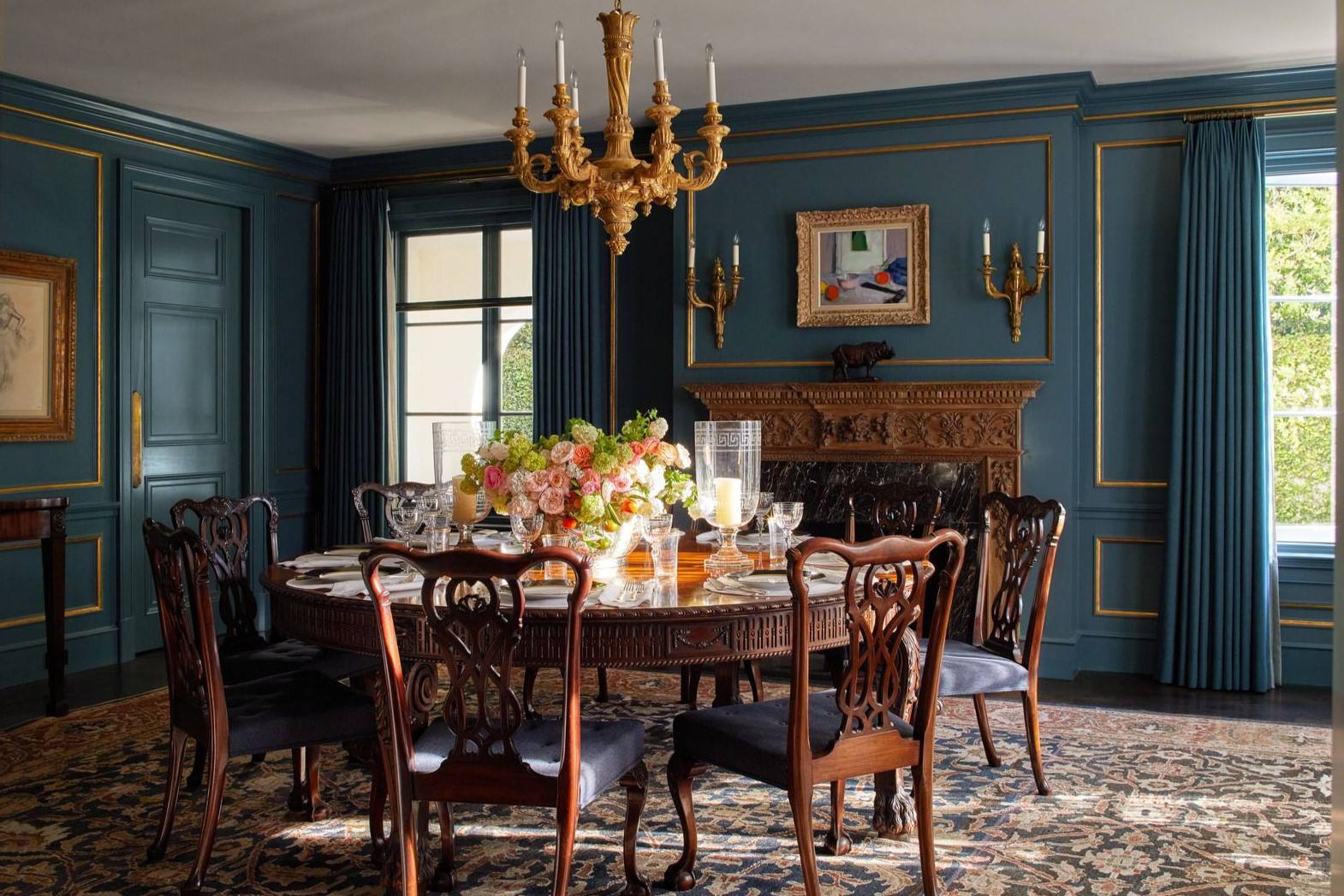
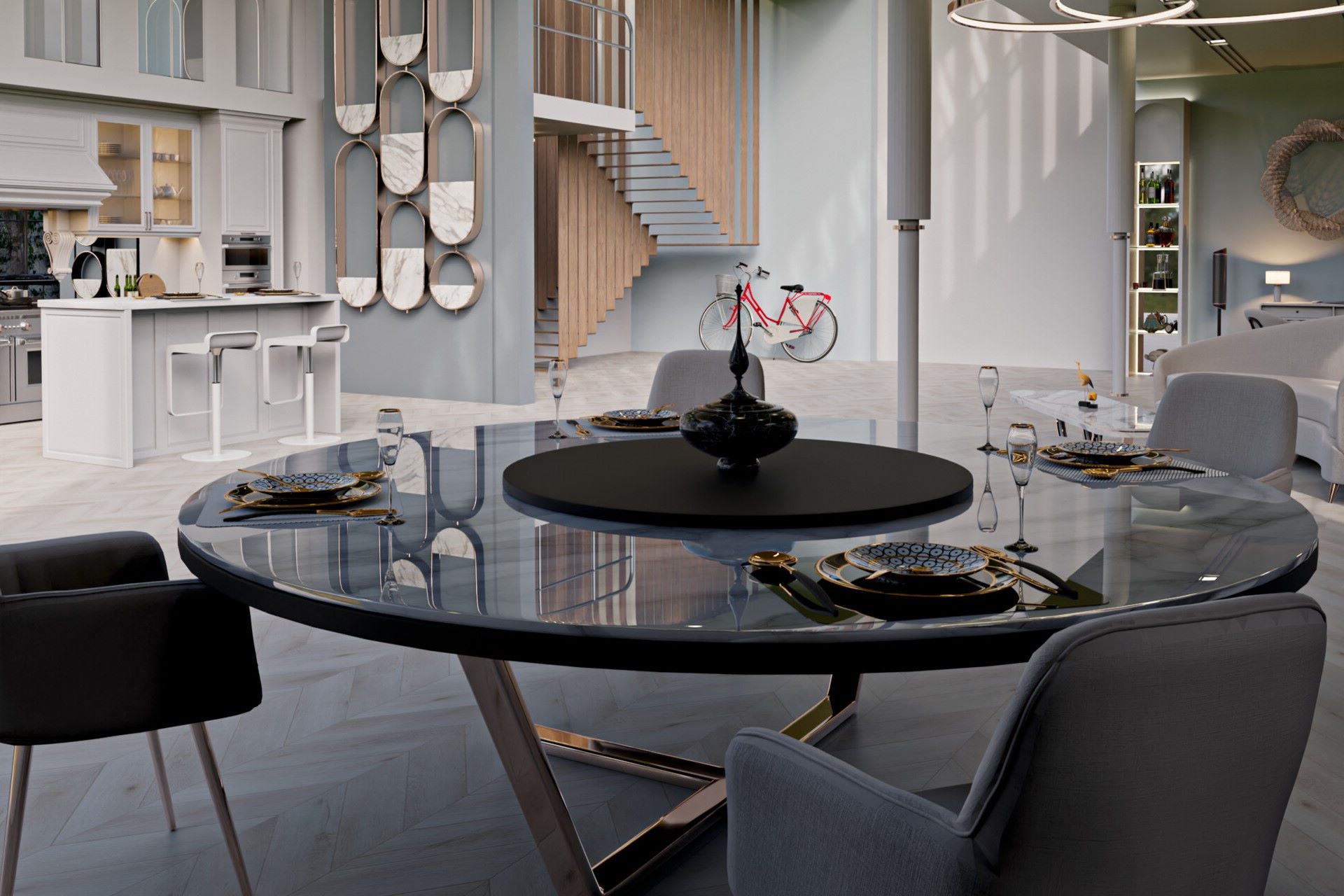
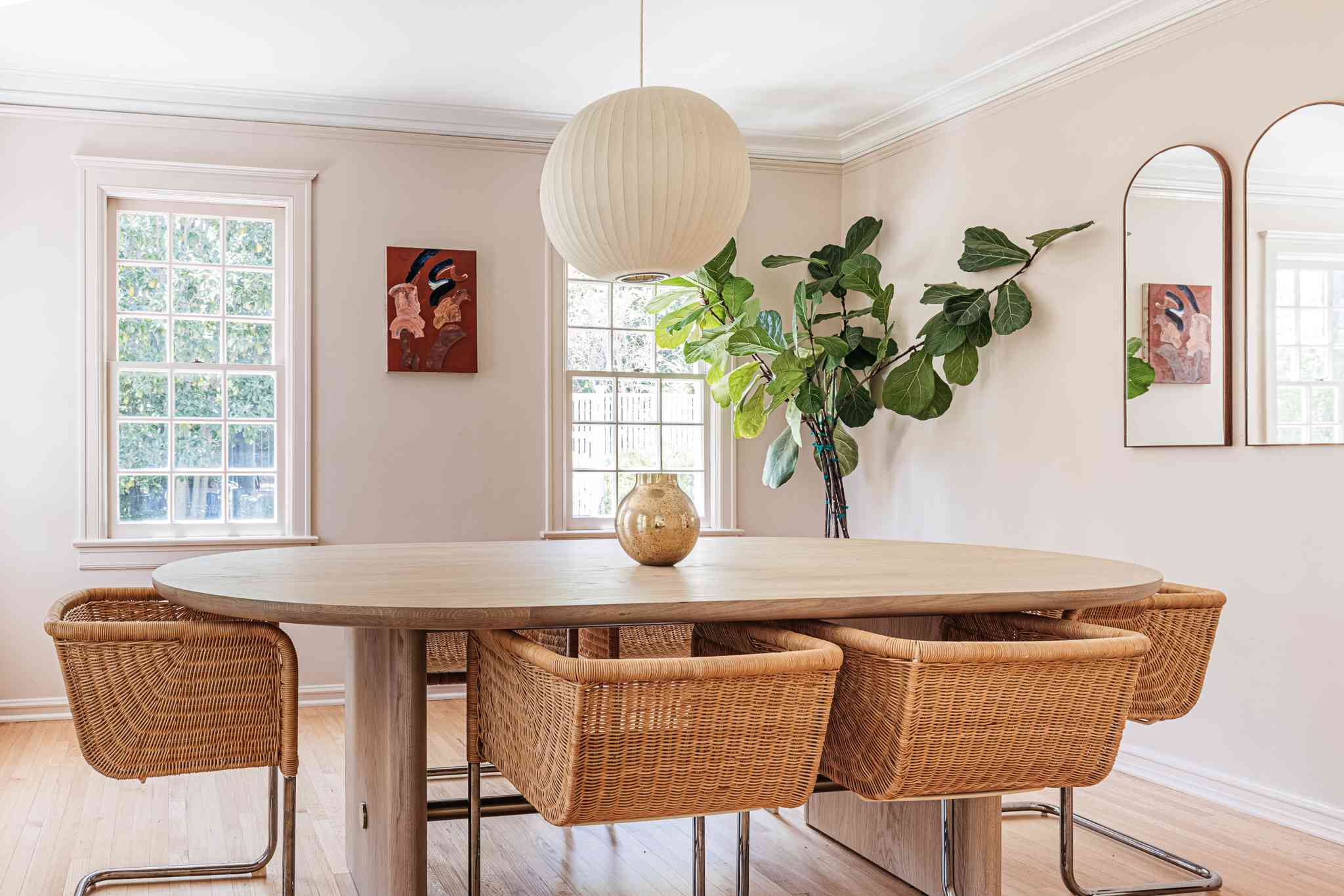
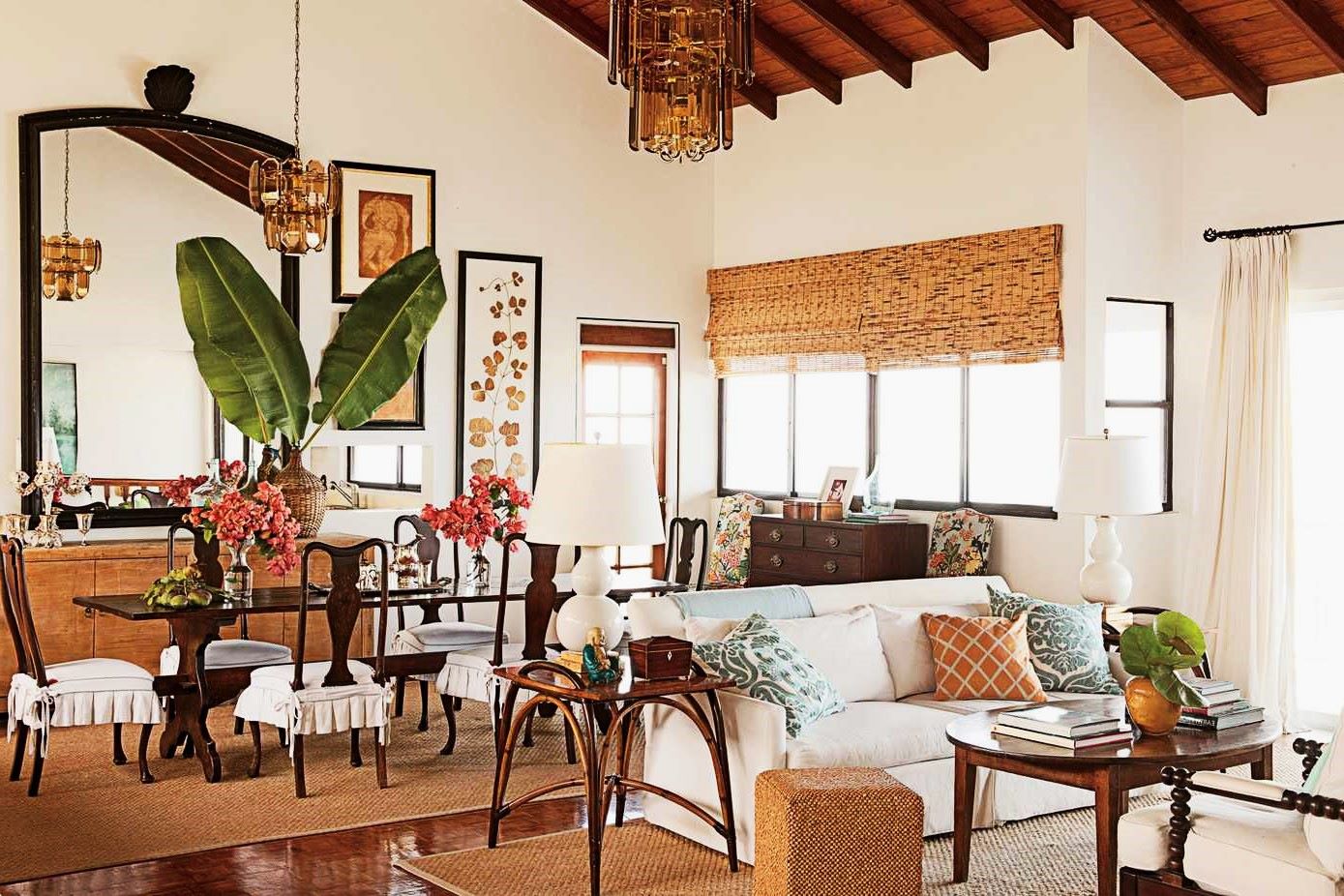
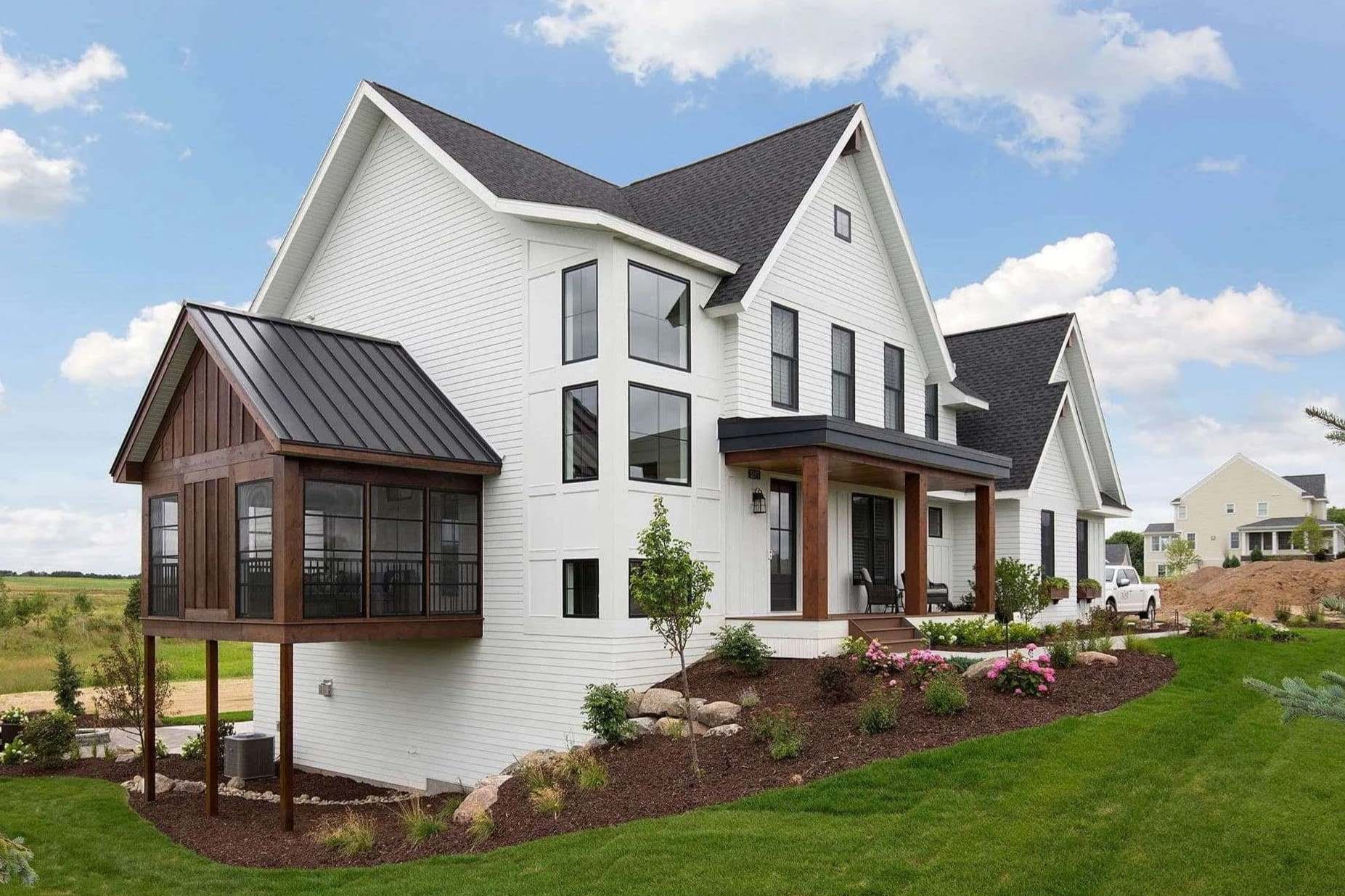
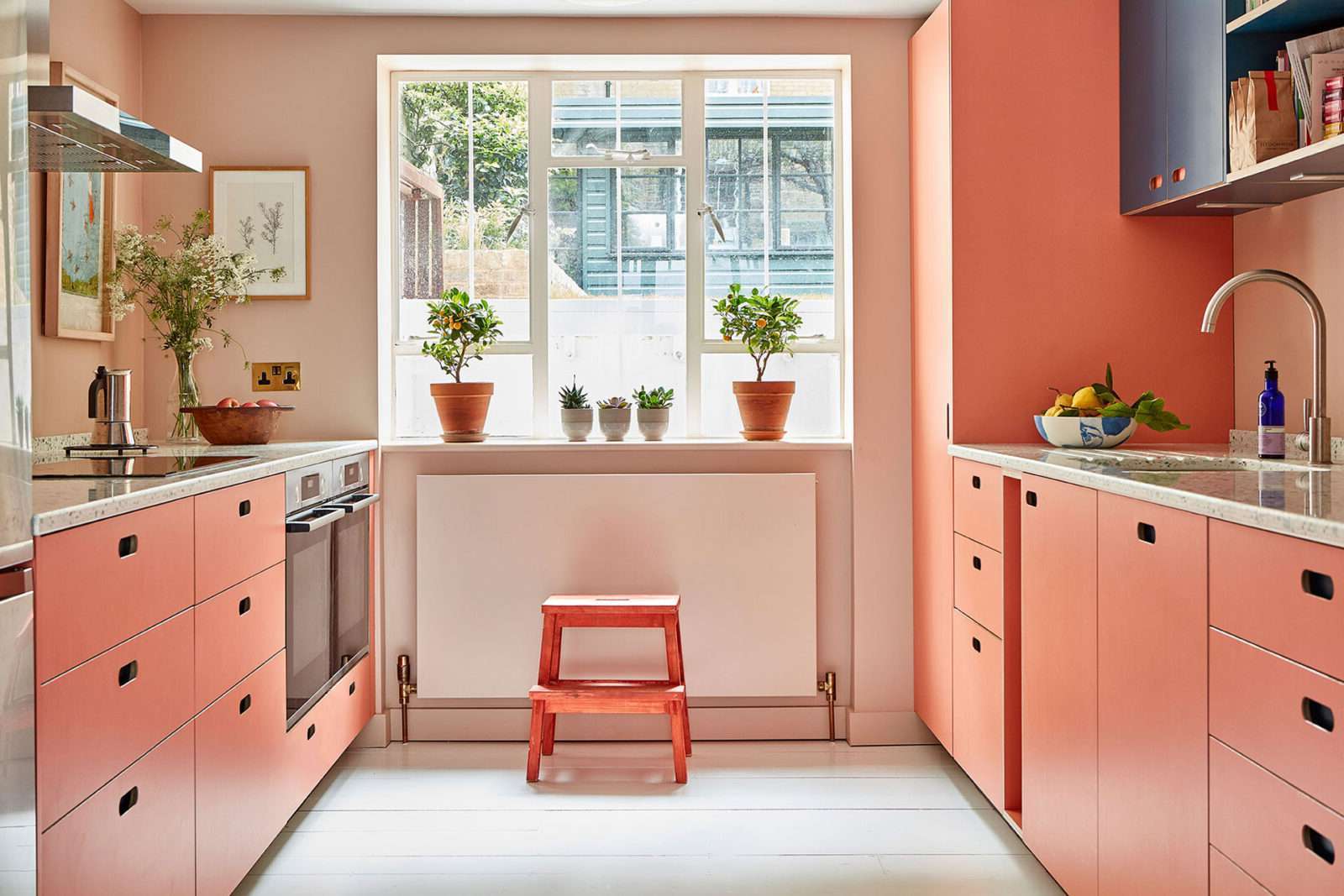
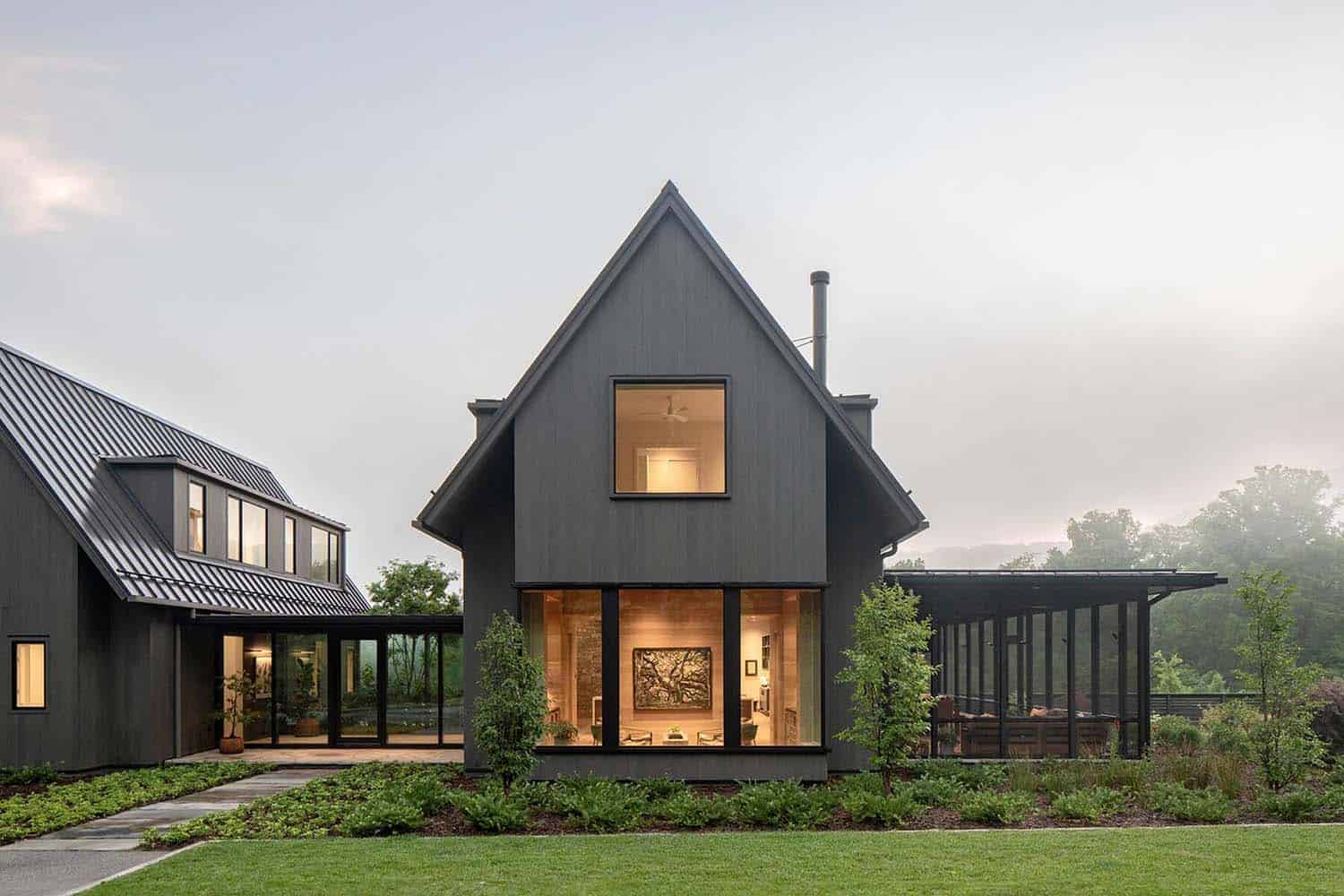
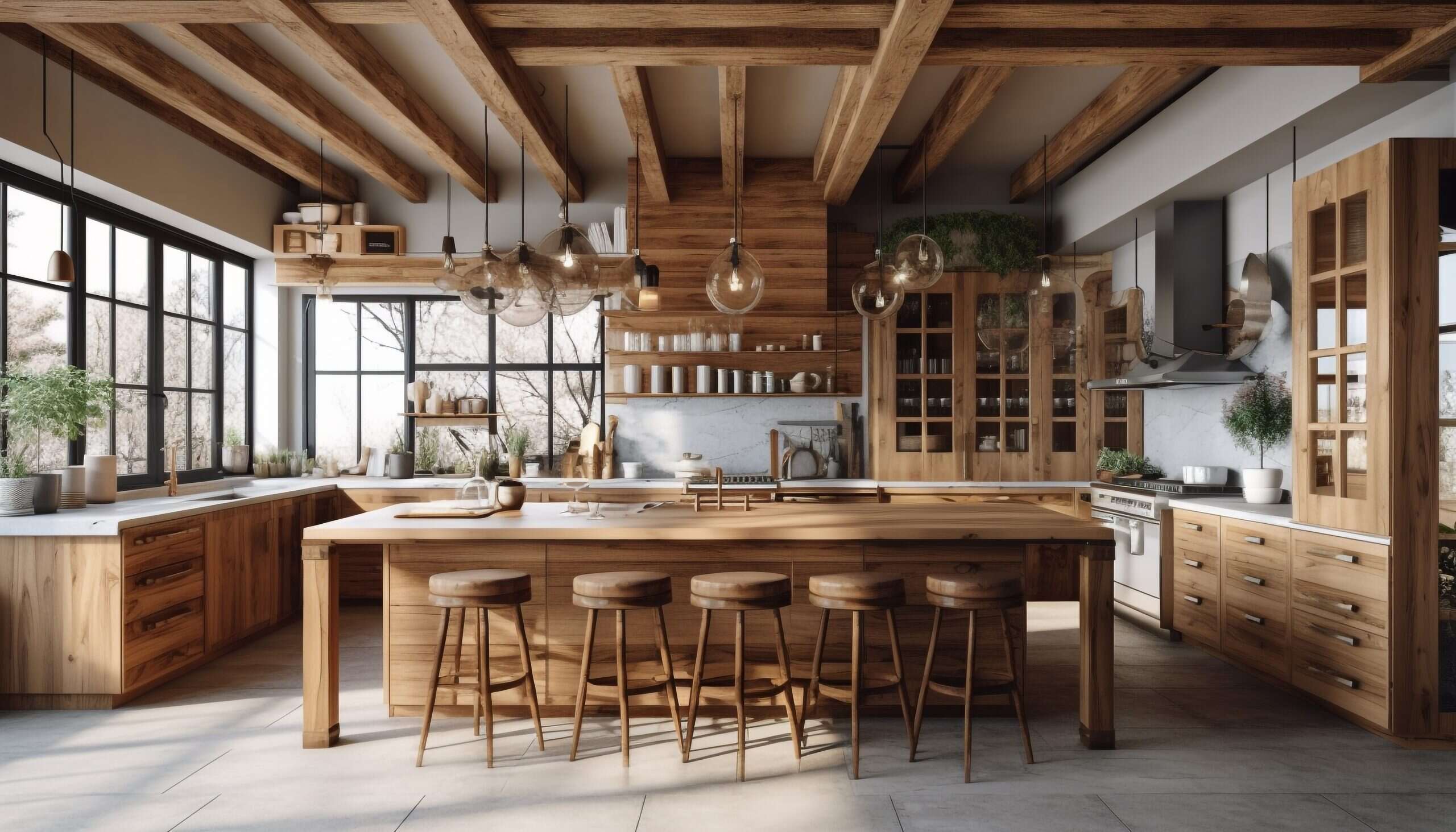
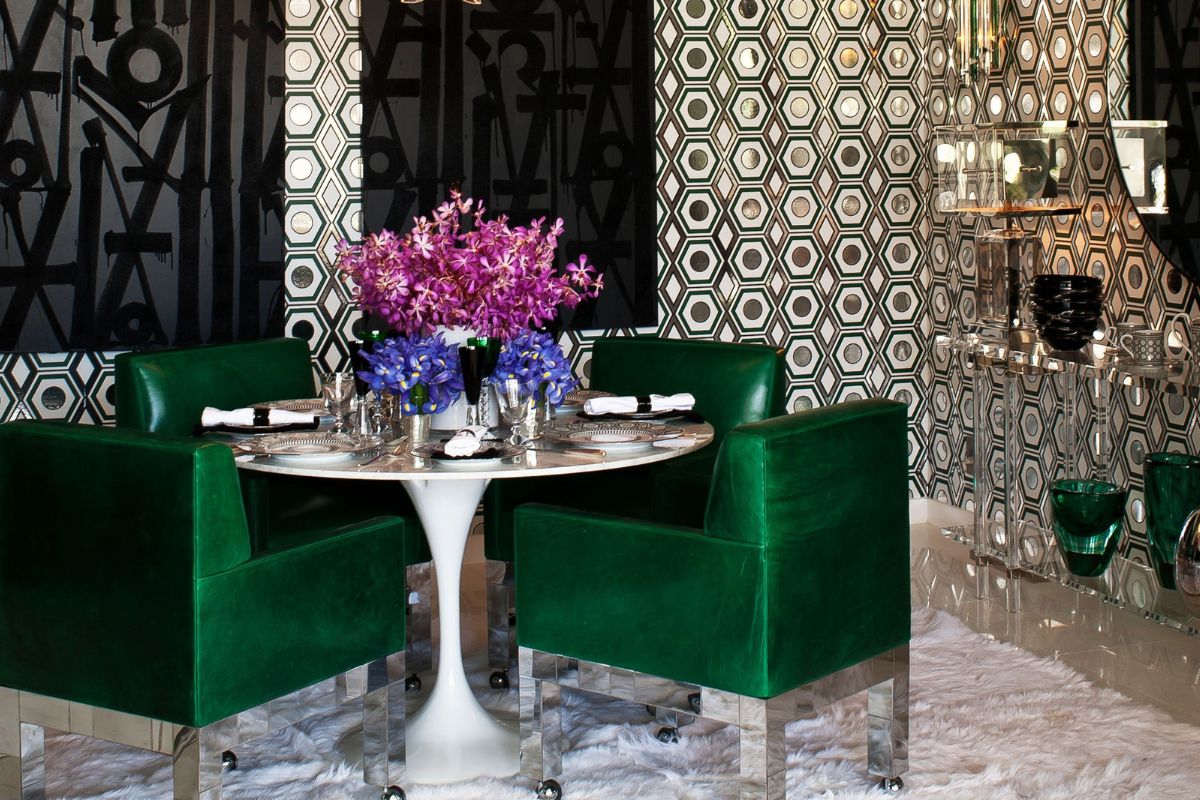
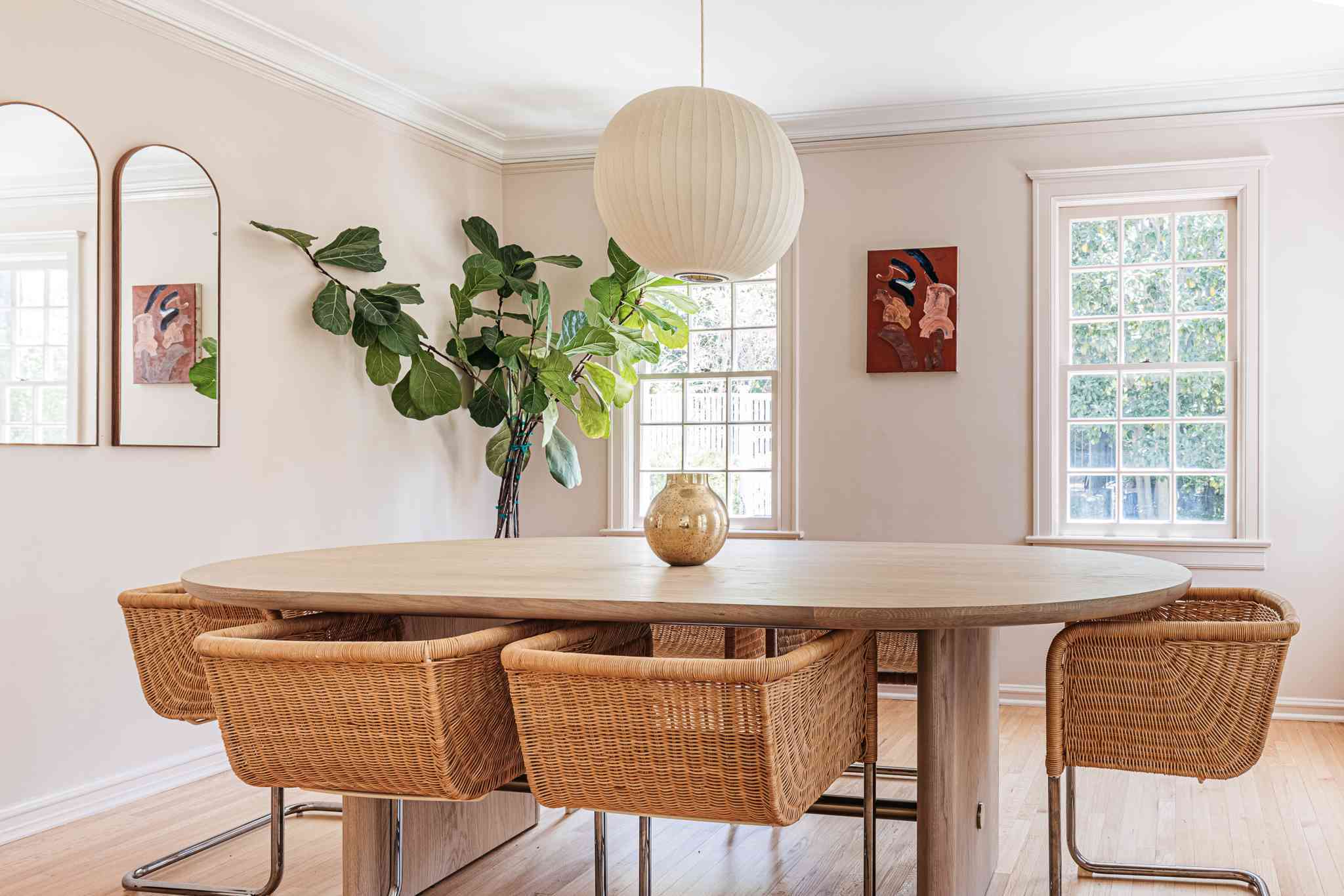
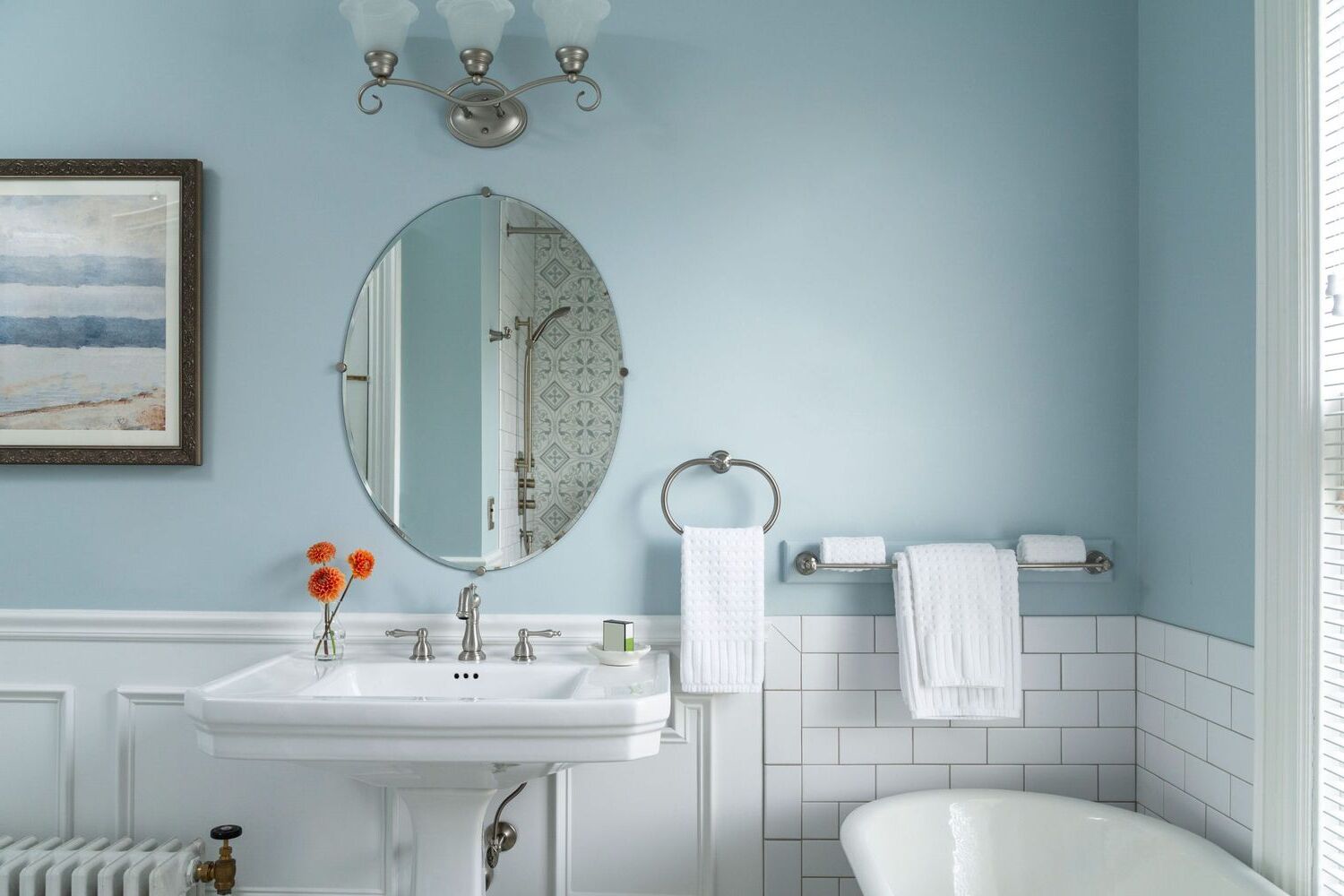
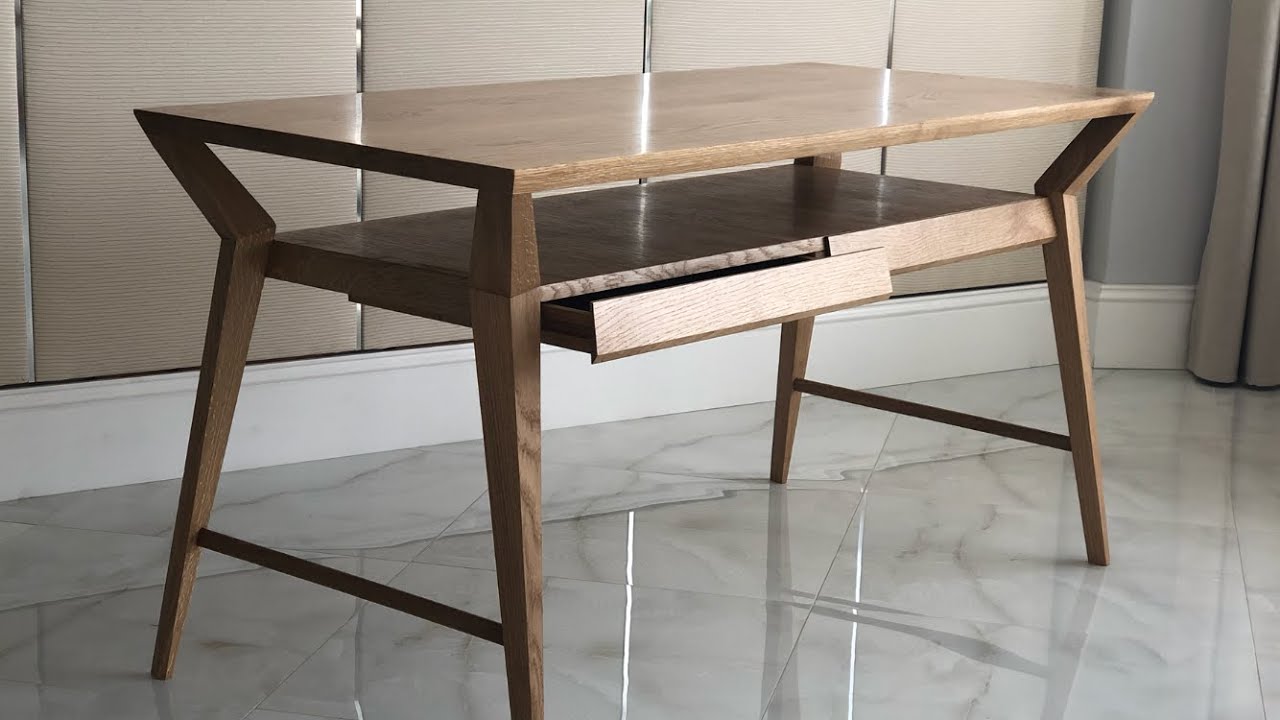
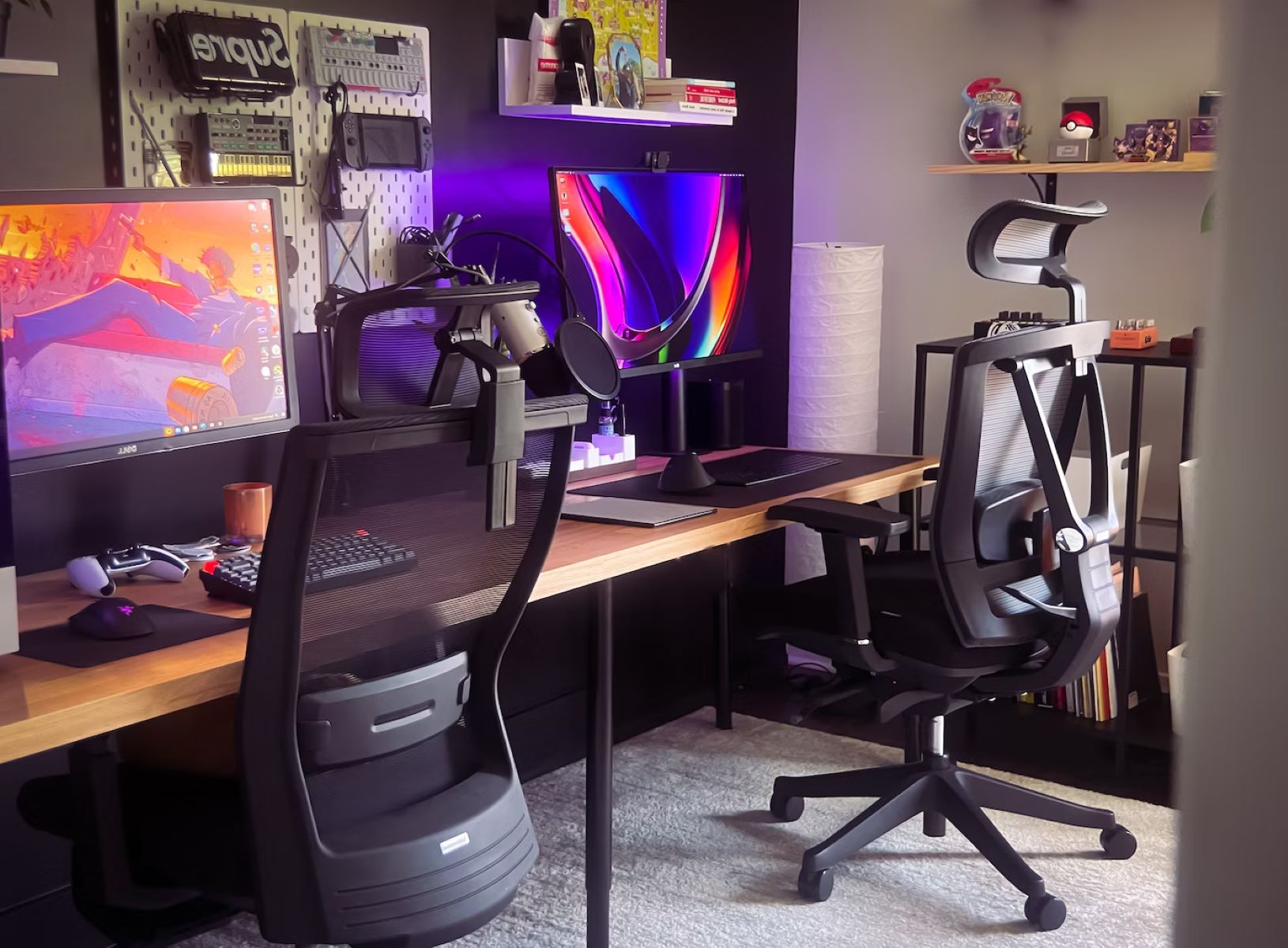

0 thoughts on “How To Choose The Right Paint Colors For A Mid-Century Modern Dining Room”